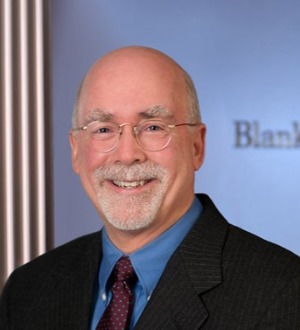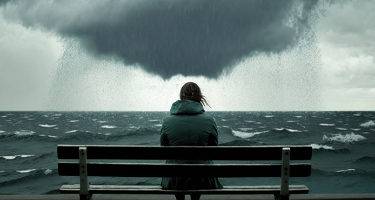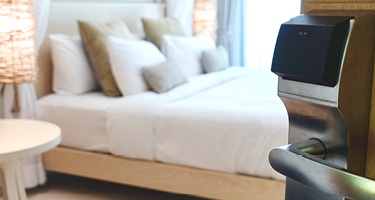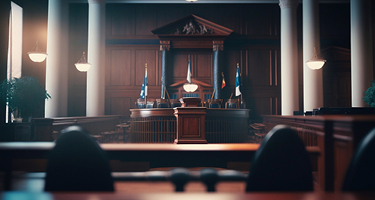PARENTS UNDERSTANDABLY want their children to be protected and safe from harm in child-care centers. Yet we hear, far too often, of cases in which kids are victimized by abusive teachers and aides.
We want to arm you with information to protect your child from abuse. For more than a dozen years, our law firm has worked closely with parents, researched the best ways to protect kids, gained access to and scoured thousands of pages of internal child-care center and law enforcement documents, worked with police and security experts and interviewed and taken depositions from teachers and facility directors.
That exhaustive process has helped us learn how and why children are vulnerable to sexual and physical abuse, and we want to share this information with parents so you can research and carefully evaluate potential childcare providers to determine which ones have strong, effective policies and procedures in place. Here are eight tips to remember—and to measure your childcare provider against.
1. The rule of two. The single most effective means to stop abuse in its tracks is the presence of another adult in the room. Combined with effective training about “good touch, bad touch” and mandatory reporting of abuse, a caring, observant teacher concerned about mistreatment can identify it quickly.
What can parents do? Ask whether the center mandates that two adults will be present in a room, regardless of compliance with child-teacher ratios. Then insist on a tour to see if the center complies. In our experience, the most vulnerable part of the day is naptime, when lights are low and the teacher often leaves the room with just an aide in charge.
2. Training to stop abuse. Training can give teachers who suspect abuse the tools to stop it, but childcare facilities must strongly prioritize abuse prevention—token webinars won’t do. Effective training sets clear boundaries preventing “bad” touches. Teachers must understand and enforce these boundaries, children must know them and teachers must be told clearly that failure to report suspected abuse is itself a crime. Teachers are not expected to investigate—leave that to law enforcement and Child Protective Services (CPS) professionals. Ask your childcare provider when suspected abuse is reported, how and to whom.
3. Whom do they hire? Inadequate background checks equal trouble. In one of our cases, a large regional childcare center hired an aide who lied about his experience and his criminal record in ways that were easily discoverable. He abused two kids and was caught fleeing at the Canadian border. Ask the center whom they hire, how they hire and what they pay. Minimum wage will result in a less-well-trained, less-qualified staff. If you suspect a child has been harmed, it’s important to hire a lawyer experienced in these cases to protect your child’s rights.
4. Has the center engaged in practices that endanger children? Research its history. Virginia, where our firm is located, makes it easy to examine the history of child care facilities, which reveal any violations, from minor offenses to major red flags. Be alert for prior instances of physical or sexual abuse, improper discipline, violations of child-teacher ratios and insufficient background checks. If your child has food allergies, look for unsafe food handling practices.
5. Eyes on security cameras. Cameras are no panacea, but they help and can deter criminal behavior if they’re monitored in real time, recorded and viewed later—and teachers know it. Ask who monitors cameras and ask to see them in action. How are they used? How long is the footage kept? Will you be able to see your son or daughter remotely to check on them?
6. Blind spots shielded from in-person or electronic surveillance. In one tragic case, a childcare center positioned a fully enclosed, non-transparent tunnel slide facing the back of the playground. Security cameras couldn’t see the tunnel’s exit, nor could teachers unless they camped out nearby. The perpetrator, a male aide, used the shielded side to abuse children for months, possibly years, before detection. If the facility had simply rotated the slide 180 degrees, its exit could have been seen on camera, by teachers inside the school and more readily by teachers on the playground. The opaque slide itself spelled trouble—not only for potential abuse but if a child hid or suffered injuries inside.
Look for traps like that when you do your tour. Ask if there are areas security cameras cannot see, and why. In several cases in which we’ve been involved, perpetrators assaulted children in classrooms by situating their victims behind large furniture to shield themselves from scrutiny. No teacher should be allowed to hide children from view—especially not, as noted earlier, during naptime.
7. Don’t trust promises—verify. Childcare operations might promise the world to anxious parents—they sometimes charge $20,000 (or more) annually for each child they enroll. They might promise two adults in every room, closely monitored security cameras and intensive background checks of anyone they hire.
In one of the cases our firm handled, the parents of a 4-year-old toured the school and were assured that two teachers would always be present in, and that security cameras monitored, every classroom. Both were lies. Try to verify these promises during an initial tour, when you’re observing remotely (assuming you can) and during unannounced drop-ins.
8. ABC: Always Believe your Children. Our final and perhaps most important piece of advice. In two heartbreaking cases we’ve represented kids who told their parents they’d been abused. The parents inquired, naturally, and the childcare center covered up the abuse, in one instance lying about what the security footage revealed. If your child complains about abuse, call law enforcement or CPS—immediately.
Peter Everett is a trial lawyer who devotes his practice to representing persons injured by the reckless or careless acts of others. He is passionate about child safety and represents victims of violent crimes in childcare centers and inadequate security cases against child care facilities. He has testified before Congress on legislation designed to regulate the security guard industry and has addressed victim's rights issues on CNN's Larry King Live, ABC's 20-20 and The Oprah Winfrey Show


































